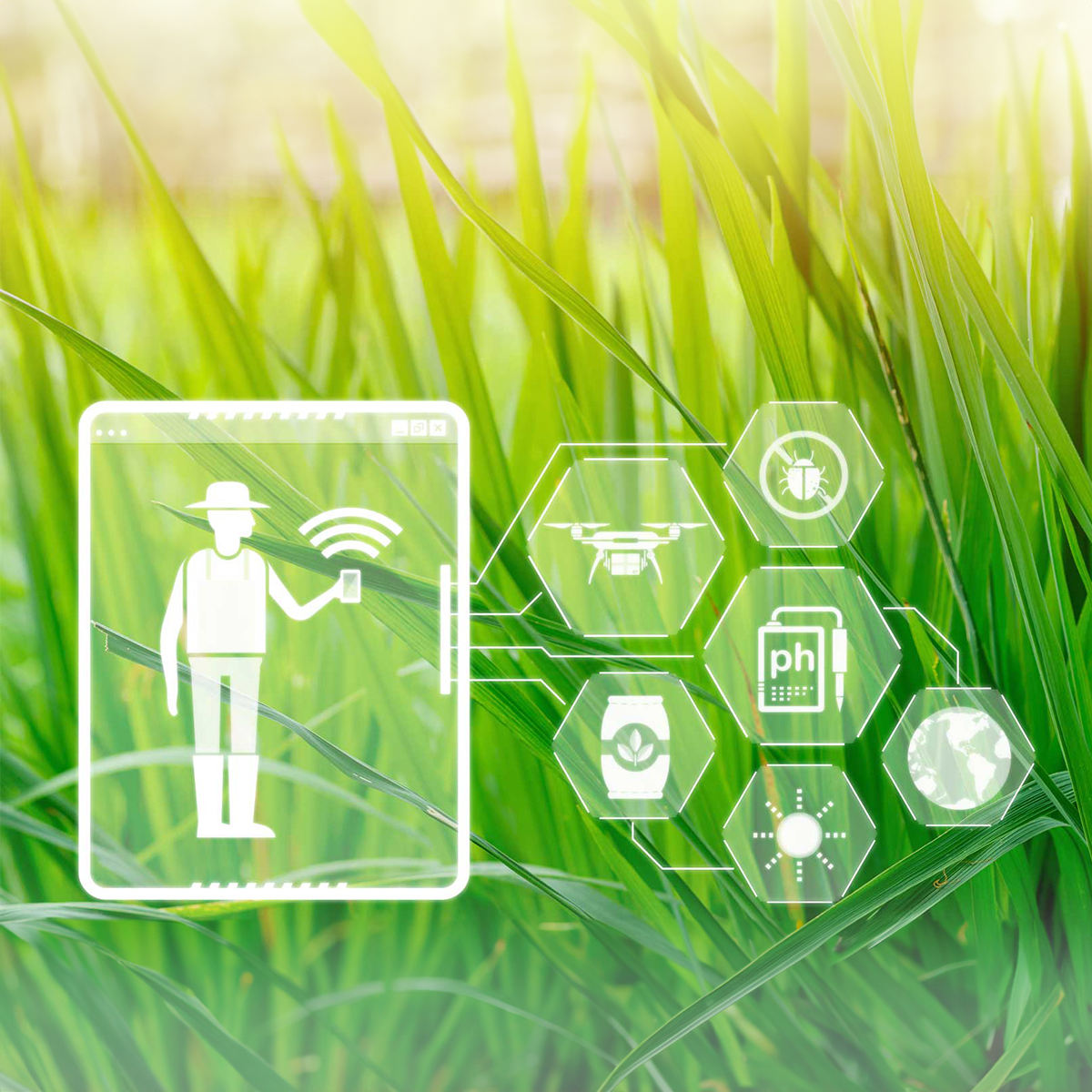
Precision Agriculture
- Home
- Application
- Precision Agriculture
Precision Agriculture
The latest emerging technology – Precision Agriculture is changing the crop production yield. It is estimated that by 2050 the global food demand will rise anywhere between 50% to 98%. This rise will put a major impact on the agriculture industry and Precision Agriculture is the way forward to address this upcoming situation.
Drones are playing an essential role in bringing out success using precision agriculture methods. In this method sensors and analytic tools are used to analyse various aspects of crop cultivation to increase the crop yield.
For any analytical tool to give the best analysis, tremendous amount of data is required. This is where the drones play a vital role.
In a cost effective manner and in lesser time consumption the precision agriculture drones collect huge amount of data over large volumes of land. They hence give the farmers and crop growers useful insights. Using this intelligence the growers navigate according to the changing conditions in order to maximise crop yield.

Seed Planting and Sapling: As they say – Well begun is half done! Where to plant the seed is the starting point for precision agriculture. Drones are highly effectively in collecting the information about the sowing land such as land elevation and slope. Farmers study this data to find out the most conducive areas for planting at the start of each season.
Irrigation: Water movement in large sowing areas is a great challenge. Since the crops depend heavily on irrigation the crop cultivators need to carefully plan the irrigation systems. Drone collect data and provide vital inputs to the crop cultivators who can analyse the water distribution to track the effectiveness of the irrigation systems.
Resource Allocation and Pesticide Application: Crops planted over large volumes of land pose a highly complex problem. Subtle variations in soil, sunlight, temperature and water change the crop yield drastically. Drones map land features, temperatures and other parameters and provide it to the crop cultivators. Using this data the crop cultivators can allocate precise resources to the respective land blocks. Farmers also use drones to track crop fertility and hence are able to precisely apply resources like pesticides and fertilizers to increase the crop yield.